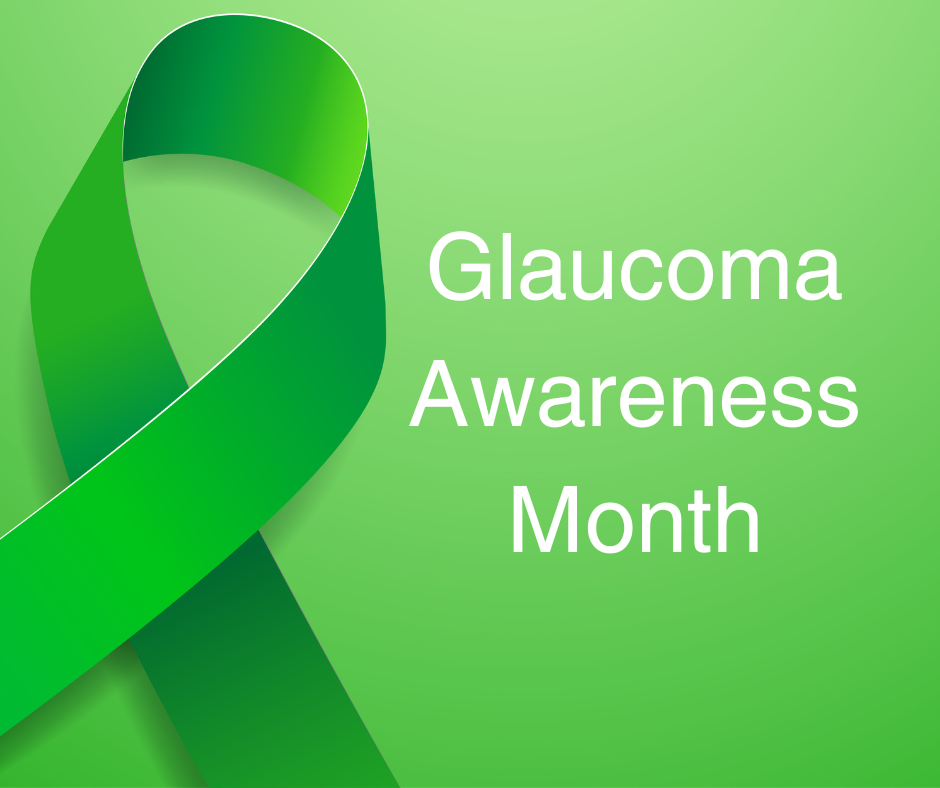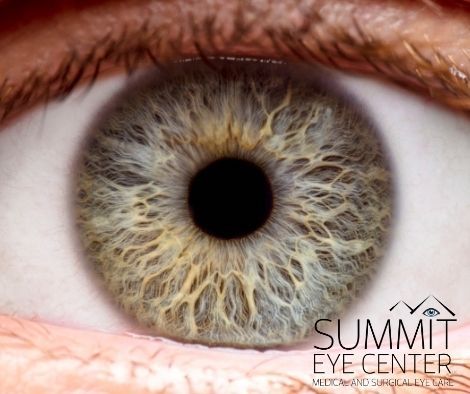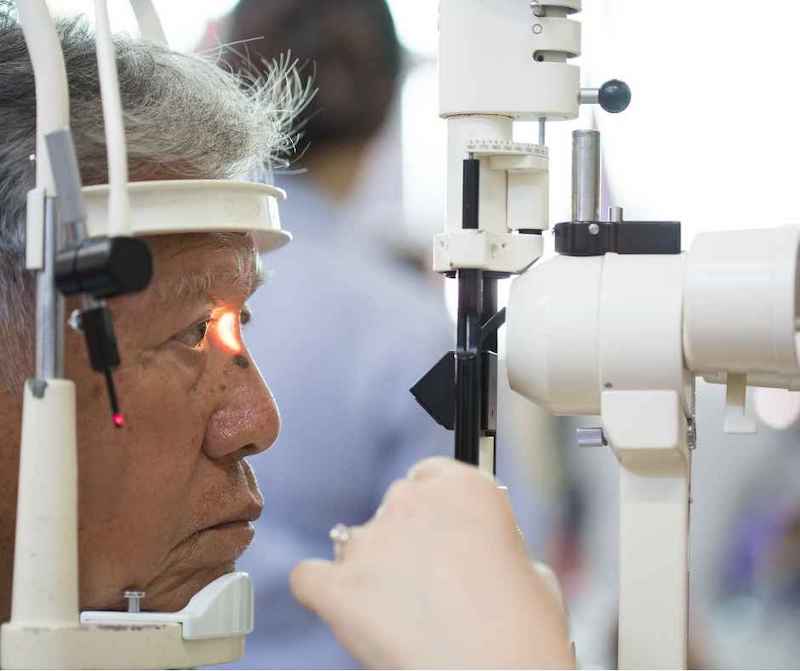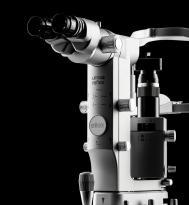
There has been a lot of discussion and research lately about glaucoma and sleep disorders. Factors such as sleep apnea, sleep duration and the length of time it takes a person to fall asleep have all been linked as a risk factor for developing glaucoma or a consequence of having glaucoma. This blog will delve into the relationship between sleep and glaucoma. First, we will give a brief description of what glaucoma. We will then discuss why we sleep, followed by discussion of circadian rhythm. Finally, we will discuss how all of this is intertwined.
First what is glaucoma?
Glaucoma is a disease of the optic nerve. This is the nerve in the back of the eye that is responsible for carrying all the visual information from the eye to the back of the brain, where it is processed into the pictures that we see. Glaucoma typically begins without any symptoms, making yearly eye exams important for anyone over the age of 50 or with a history of glaucoma in their family. Glaucoma often affects portions of our peripheral or side vision early on. When it affects larger or more central areas of our vision, we become symptomatic. Unfortunately, once symptoms occur they are likely permanent. If it is determined that you have glaucoma, there are numerous treatment options both medically and surgically that can help treat the disease. Learn more about glaucoma here: https://www.summiteyekc.com/blog/what-is-glaucoma












